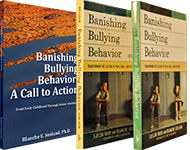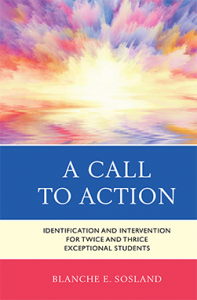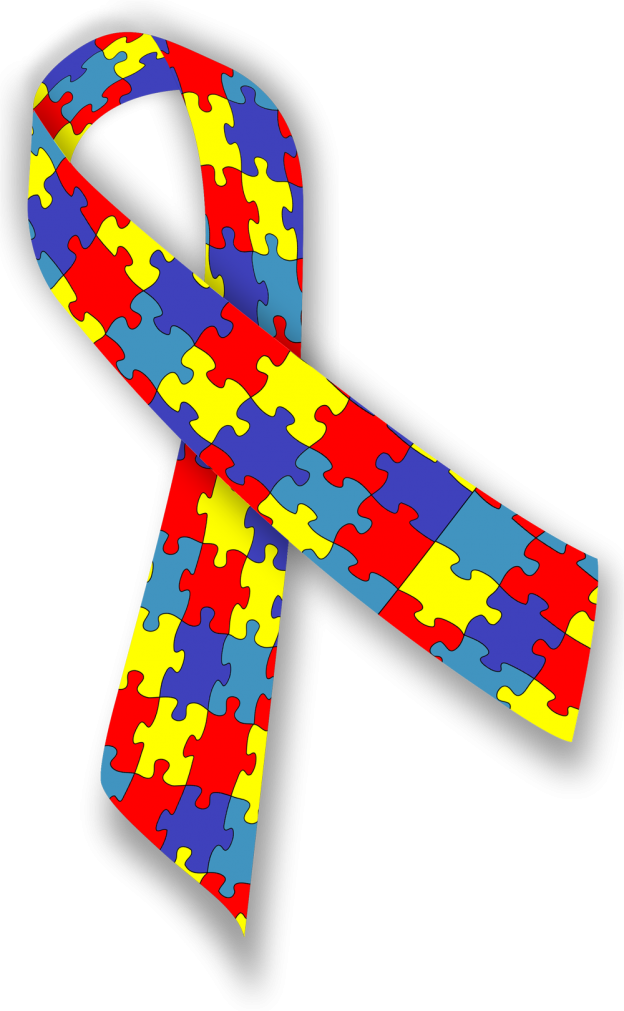Given all that special needs students have to deal with they certainly don’t need to be forced to deal with bullies as well. Yet people who are different often become the targets of bullies and special needs students are frequently perceived as different. They might be gifted and talented, learning disabled, twice exceptional, autistic. ADD, ADHD, visually or hearing impaired. In many classrooms students are very protective of their special needs classmates but in some classrooms bullies try to take over.
Unlike early diagnosis and intervention for a disease like cancer that can result in a cure or long term remission early diagnosis and intervention cannot cure learning disabilities. There is no known cure for learning disabilities. However, the route to success for students with learning disabilities does also depend on early detection and appropriate intervention. This intervention teaches special needs students how to compensate for their learning disabilities and enables them to become very successful students and adults.
Just a few examples of famous people who were able to compensate for their disabilities:
- Dyslexia – Presidents George Washington and Woodrow Wilson; Vice-President Nelson Rockefeller who is said to have memorized every speech since he was concerned he might not be able to read it when he got up to speak, Tom Cruise, Patricia Palacco;
- Learning Disability – Winston Churchill, Walt Disney, Thomas Edison, didn’t learn to read til he was 12 years old, Alexander Graham Bell;
- Downs Syndrome – Chris Burke; Deaf – Marlee Matlin;
- Manic-depressive – Patty Duke.
A graphic example of an individual who was able to compensate for his disability is Jim Abbott who was born without one hand and yet was able to win Olympic gold in 1988 and became an outstanding major league pitcher. We could share literally hundreds more stories of famous people who learned to compensate for their disabilities and made outstanding contributions to humanity. We encourage you to go onto the Internet and input “famous people with disabilities” to read some of the fascinating stories about these famous individuals, and in some cases how they suffered at the hands of bullies.
Bullies don’t usually target successful classmates. Helping special needs students succeed and eliminating their “differentness” is vital to reducing the target population of bullies. That is why early diagnosis and intervention is so important to teach these students how to compensate for their disabilities.




